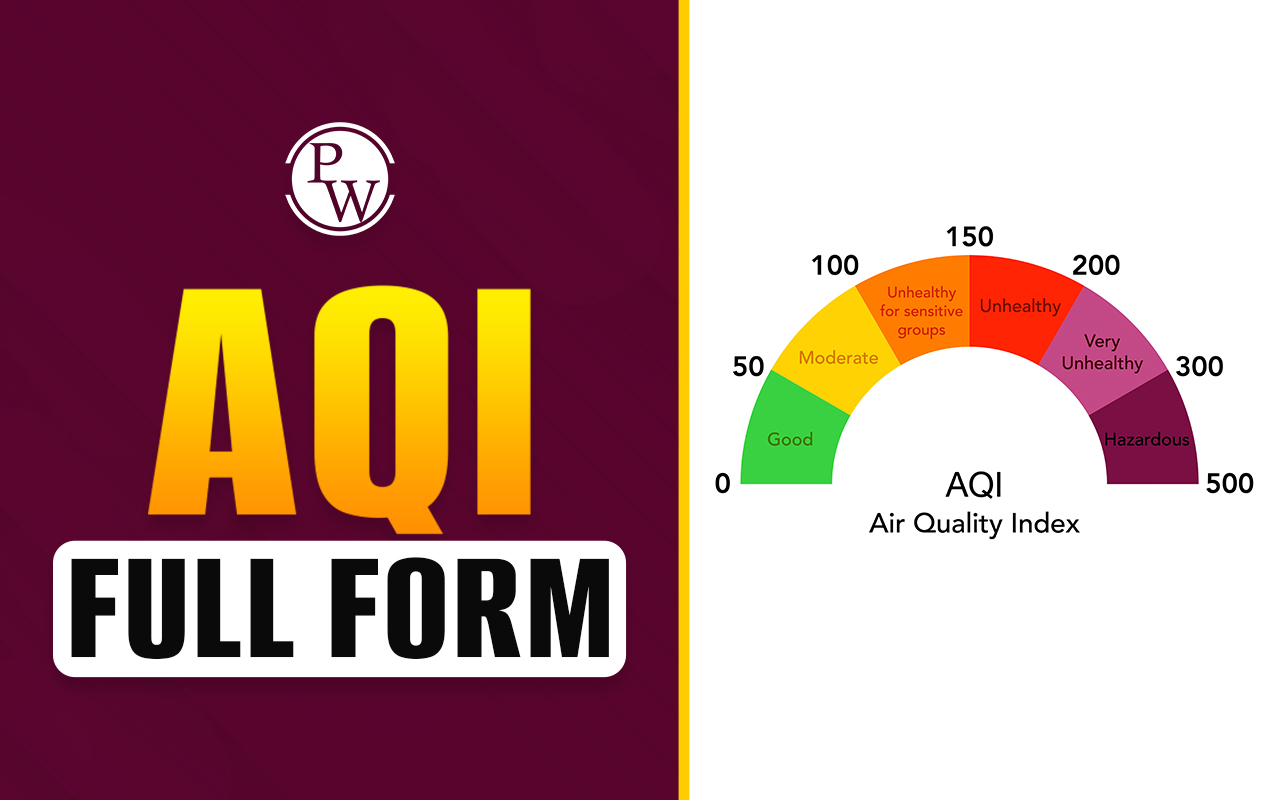

The full form of PSU is Power Supply Unit. A power supply unit (PSU) is the component of a computer that provides the necessary power to all the components of the computer system, including the motherboard, processor, hard drives, and other components. It also converts AC voltage to the required DC voltage and regulates the output to meet the demands of the system.
What are the Different Features of Computer Power Supply?
The different features of computer power supply includes the following:
Wattage: PSUs come in many different wattage specifications, typically ranging from 300-1200 watts. Choosing the right wattage will ensure that your system is not underpowered or overpowered.
Connectors: PSUs come with various connectors to power the components of your system. These include Molex, SATA, and 6/8 pin PCIe connectors.
Efficiency: PSUs come with various efficiency ratings, ranging from 80% to 90%. Higher efficiency power supplies are better for the environment and can help save on electricity costs.
Modularity: Modular power supplies allow you to only connect the cables you need, helping to reduce cable clutter and making it easier to customize your system.
Protection: High-quality power supplies have several protection features, such as Over-voltage, Over-current, and Short-circuit protection, to help protect your components from potential damage.
How Does PSU Work?
The power supply unit, or PSU, takes the incoming alternating current (AC) from the wall and converts it to the direct current (DC) that the computer needs. It also regulates the amount of power supplied to each component. A PSU typically includes the following components: power cord, AC power receptacle, transformer, rectifier, filter, voltage regulator, and cooling fan.
The AC power receptacle accepts the power from the power cord and the transformer changes the high voltage AC to a lower voltage AC. The rectifier then changes this AC power to DC power, while the filter cleans the voltage by removing noise and unwanted spikes.
The voltage regulator ensures that each component of the computer is supplied with the proper amount of voltage and power. It also has temperature and load sensors which detect and adjust the voltage to the levels that are needed by the various components of the computer. Finally, the cooling fan cools the unit by circulating air to prevent it from overheating.
Power Supply Block Diagram
The power supply block diagram is a schematic diagram that shows the major components of a power supply and their relationships. The diagram consists of a block for each major component and indicates how these components are interconnected to make the power supply. The major components typically include the AC power source, rectifier, transformer, regulator, filter, and output connector.
The rectifier transformers the AC voltage to DC voltage. The transformer transform the AC voltage to the required output voltage level. The regulator adjusts the output voltage and keeps it within a specific range. The filter removes any noise or harmonic frequencies from the output voltage. Finally, the output connector allows the power supply to be connected to an external device or circuit.
What are the Different Types of PSUs?
- ATX: An ATX power supply is typically used in desktop computers.
- SFX: SFX power supplies are compact power supplies typically used in small form factor computers such as home theatre PCs.
- EPS: EPS, full form, Extended Performance and System power supplies are similar to ATX power supplies, but they have additional connectors to supply power to dual-processor motherboards.
- TFX: TFX power supplies are also small form factor power supplies that are generally used in slimline cases such as those used for laptops.
- Laptop Power Supplies: Laptop power supplies are specifically designed to power laptops, which have unique voltage and current requirements.
- Server Power Supplies: Server power supplies are generally much more powerful than regular power supplies, as they are designed to power multiple components in a rack-mounted system.
What are the Different Factors to Consider Before Buying a Power Supply for Your Computer?
The different factors to consider before buying power supply for your computer includes the following:
- Consider your current system needs: Make sure you check the total wattage for all the components in your system, including the CPU, graphics card, RAM, drives, fans and any other components. Once you know your total wattage, look for a power supply that offers at least 25 percent more power than the total wattage.
- Look for quality components: Higher quality components are important for efficient and safe power delivery to your computer. Look for power supplies with good reputation brands, quality certification, and good quality components, like large diameter and long length power cables.
- Consider fan and noise: The noise level of your power supply depends on the quality of fan it uses and how efficient it is. Higher wattage supplies tend to have more efficient cooling fans that generate less noise. Therefore, consider buying a power supply with a good reputation and quiet fans.
- Choose a modular power supply: Consider buying a modular power supply as it allows you to choose the cables that you need, which will reduce the clutter and improve airflow in your system. Some modular power supplies also allow you to adjust the fan speed, which can be a useful feature to reduce the overall noise of your system.
Ending Note
The power supply unit is an important part of a computer system and it is responsible for providing power to the components of the system. It is a critical component that needs to be chosen carefully based on the individual requirements of the system. The wattage, form factor, and efficiency of the PSU should be carefully considered in order to ensure that the system is properly supplied with the power it needs.
[wp-faq-schema title=" Full Form of PSU FAQs" accordion=1]
What is the main source of power supply?
What should be the ideal size of PSUs?
What causes the power supply unit to fail?












